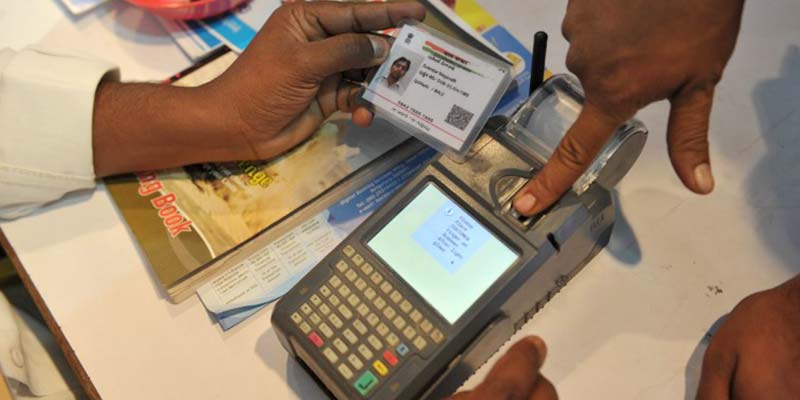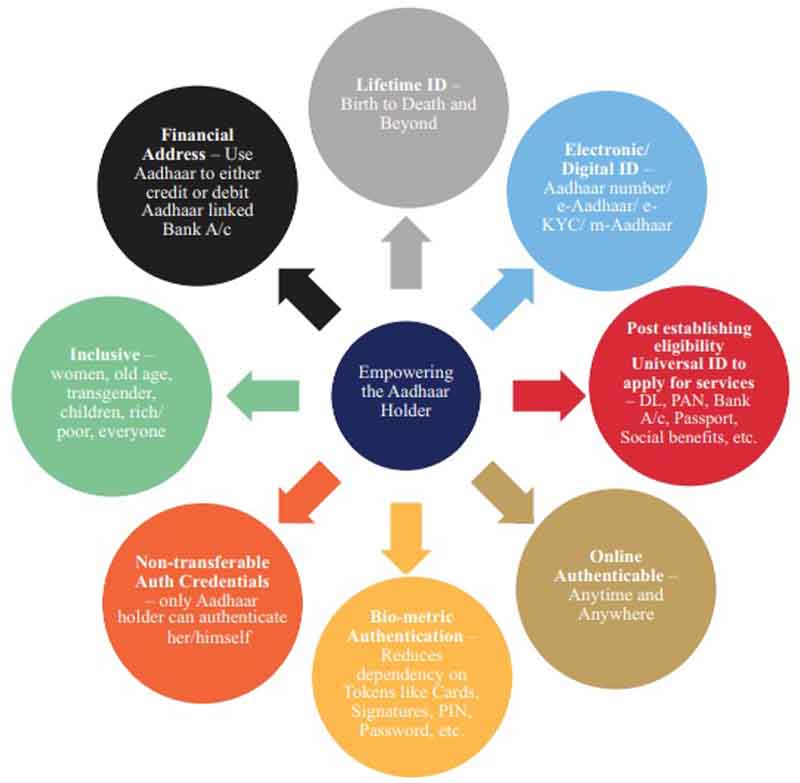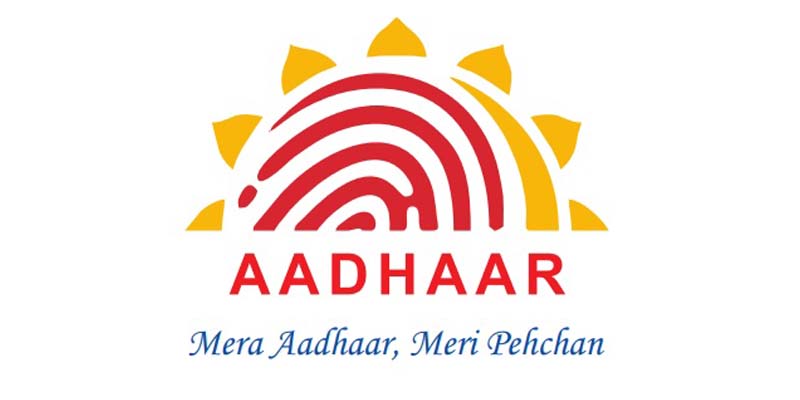- India
- May 17
Explainer / UIDAI
The Unique Identification Authority of India (UIDAI) asserted that no one should be denied vaccine, medicine, hospitalisation or treatment just because they do not have an Aadhaar.
The UIDAI made it clear that Aadhaar should not be misused as an excuse for denial of any essential service.
The UIDAI said there is a well-established exception handling mechanism (EHM) for Aadhaar, and that it should be followed to ensure delivery of benefits and services in the absence of the 12-digit biometric ID.
What is UIDAI?
• The Unique Identification Authority of India (UIDAI) is a statutory authority established under the provisions of the Aadhaar (Targeted Delivery of Financial and Other Subsidies, Benefits and Services) Act, 2016 (Aadhaar Act, 2016) on July 12, 2016 by the government of India, under the ministry of electronics and information technology (MeitY).
• The Aadhaar Act, 2016 has been amended by the Aadhaar and Other Laws (Amendment) Act, 2019.
• Prior to its establishment as a statutory authority, UIDAI was functioning as an attached office of the then Planning Commission (now NITI Aayog).
• On September 12, 2015, the government revised the Allocation of Business Rules to attach the UIDAI to the Department of Electronics & Information Technology (DeitY).
• UIDAI was created with the objective to issue Unique Identification numbers (UID), named as Aadhaar, to all residents of India.
• UIDAI has its headquarters in New Delhi and functions through its eight regional offices situated in Bengaluru, Chandigarh, Guwahati, Hyderabad, Lucknow, Mumbai, New Delhi and Ranchi.
• UIDAI has two data centres – one at Hebbal (Bengaluru) in Karnataka and the other at Manesar (Gurugram) in Haryana.
• The first UID number was issued on September 29, 2010 to a resident of Nandurbar in Maharashtra.
• Since then more than 125.79 crore Aadhaar numbers have been generated and issued to the residents of India till March 31, 2020.
• Under the Aadhaar Act 2016, UIDAI is responsible for Aadhaar enrolment and authentication, including operation and management of all stages of Aadhaar life cycle, developing the policy, procedure and system for issuing Aadhaar numbers to individuals and perform authentication and the security of identity information and authentication records of individuals.
• The objective of Aadhaar is to empower residents of India with a unique identity and digital platform only for the purpose of identity proof.
Features of Aadhaar:
• A 12-digit random number.
• Random number. Hence no intelligence, no profiling.
• Uniqueness ensured through biometric attributes.
• Contains only a number, not a smart card.
• Enrolment and update from anywhere in the country.
• Online authentication anytime, anywhere across the country.
• Portable identification across the country, transcending the barrier of region and language.
• The number once generated and issued will never be regenerated or reissued.
• Does not confer citizenship, rights and entitlements.
• Security and privacy of information collected. No data sharing without consent of the resident.
Impact of Aadhaar
With Aadhaar being used in various government schemes to provide subsidies, benefits and services, there has been a significant improvement in the delivery of subsidies, benefits and services to beneficiaries. Also, by curbing leakages and cleansing ghost/duplicate beneficiaries from various databases, Aadhaar has brought in substantial savings to the state exchequer.
To achieve targeted delivery of welfare services in a more transparent and efficient manner, the government had launched Direct Benefit Transfer (DBT) through Aadhaar Payment Bridge (APB) and other channels during January 2013.
JAM (Jan-dhan, Aadhaar and Mobile) trinity combined with the power of DBT has brought the marginalised sections of the society into the formal financial system, which has revolutionised the path of transparent and accountable governance, growth and empowerment of the people.
Aadhaar number is a unique digital identity which does not change over the life-cycle of an individual. When linked with a bank account, Aadhaar becomes the financial address which helps to accomplish the country’s goal of financial inclusion. The 12-digit Aadhaar number is sufficient to transfer any payment to an individual.
Manorama Yearbook app is now available on Google Play Store and iOS App Store




